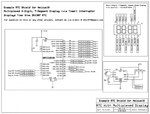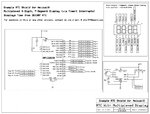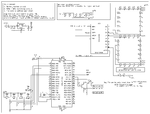maniac84
Full Member level 6
you have inverted Q4 and is not correctly connected, the emitter should be connected to the power supply
Sorry. I've connect the Q4 correct again. What do I put on base Q7 to turn the led off? I've tried it, no matter I put high (5V) or low (0V) on the base of Q7, it still turn on. How do I off it?


